5 Steps To Colonising Mars
According to scientists, there have been 5 major extinction events in the history of our planet Earth. These extinction periods do not form any pattern that we know of but they do occur. Millions of years can pass between two of these events between which life gets another chance to start over and flourish.
The last extinction event occurred when dinosaurs were wiped off the face of the planet some 65 million years ago. Since then life has had a restart and we can see the result of tens of millions of years of development of life today.
This begs the question when the next major event will be. What will be the cause of our extinction? Will it be an asteroid impact, a supermassive volcano, a black hole or will we ourselves be the reason for our own demise? Nobody can tell. With such uncertainties, it is always smart to have a backup plan. And as it turns out, we do! (sort of)
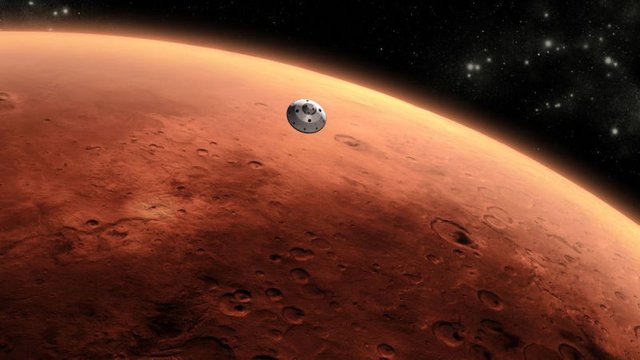
After remaining silent for a long, long time, we are now finally looking at the skies for a possible second home. Apart from being very important for our survival, I believe that it is a natural course that any intelligent civilisation takes, in its evolutionary path.
For our second home, we have chosen our neighbouring planet, Mars, which is only fitting as it has been the subject of a number of sci-fi movies, novels and even conspiracy theories. Also, scientists believe that Mars could have harboured life once, billions of years ago. So, it is only logical, that we give Mars another chance at life and find another home for us in doing so.
There are a number of projects going on around the world to accomplish this. NASA estimates that we'll have human settlement on the red planet by 2030. Of course, turning a dead planet into a live one is very challenging and we have to be very strategical about it. Therefore, in this article, I am going to be talking about the steps involved in colonising Mars.
5 Steps To Colonising Mars
1. The Journey
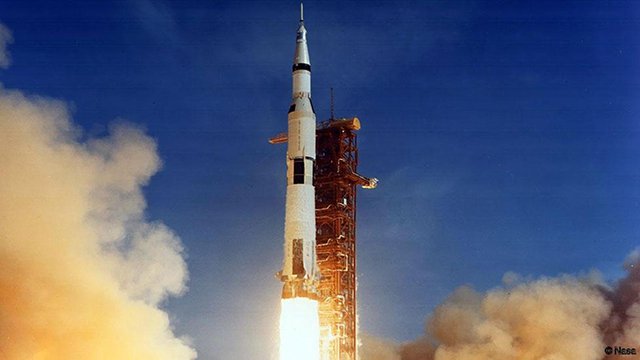
The first and the foremost challenge is getting there in the first place. If we are to settle colonies on Mars, we would need a cheaper, more reliable solution to what we have today. Our propulsion system will need to more powerful than ever and we will need to gain the ability to transport more stuff in a single go.
NASA will have this capability within a decade thanks to the 2500 tonne SLS (Space Launch System) along with the Orion capsule and will take 9 months for the journey. Scientists are always looking for ways to reduce this number and they expect it to drop down to just a few days as technology progresses.
Apart from NASA, Elon Musk’s SpaceX is working very hard on this, trying to reduce the cost of each launch. Amazon’s Jeff Bezos with his company Blue Origins is also trying to achieve this. Both these companies have been pretty successful in this endeavour till now.
2. Becoming Self-Sufficient
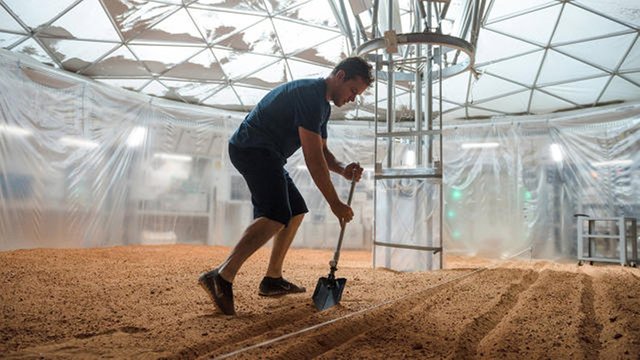
To be a true fail-safe for humanity, the Mars colonists will have to be self-sufficient. By that I mean, they will have to manage all the basic needs of life, like food, water, air and power, themselves, on the red planet’s soil. Initially the early settlers will be reliant on supplies from Earth, but gradually they will shift to self-sufficiency as we make more progress in various technologies to overcome these challenges.
And we have already begun doing that. Recently researchers concluded that it is possible to grow vegetables on Mars and they are also safe to eat. Pretty much what Matt Damon did in the movie Martian.
As for water, we all have read the recent announcements made by NASA that Mars contains liquid, flowing, water. It’s difficult to spot but it’s there. Scientists are hard at work to figuring out how to extract drinkable water from it in an efficient manner. Also they are looking at ways to recycle sweat and urine into drinking water. (Gross but necessary! For science, people!)
For oxygen, NASA is sending a rover in 2020, that will carry an electrolysis experiment to extract oxygen from carbon dioxide in the Martian atmosphere. Now that is cool! As for power, it is pretty straightforward. Power could be generated through solar panels, fuel cells and nuclear batteries.
3. A Governing Body
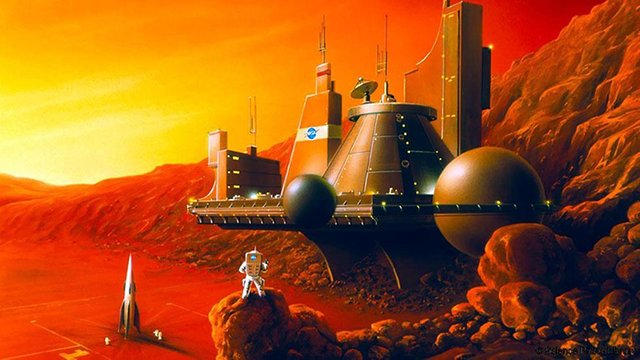
There will be a ton of effort for us to be able to realise our dream of a Mars settlement. Resources will have to be brought regularly, people will have to survive in tough conditions, experiments will be done which will include a lot of planning and organising on our part.
For everything to go as planned and as smooth as possible, we would need a governing body. Be it a government like structure or some other new form of organisation, it is very important that we have a group of people taking important decisions there on Mars and who are in direct contact with Earth.
Such a governing body with a command structure, will be important when Mars will have become a proper settlement and could show prospects of being completely independent of Earth even!
4. Expansion
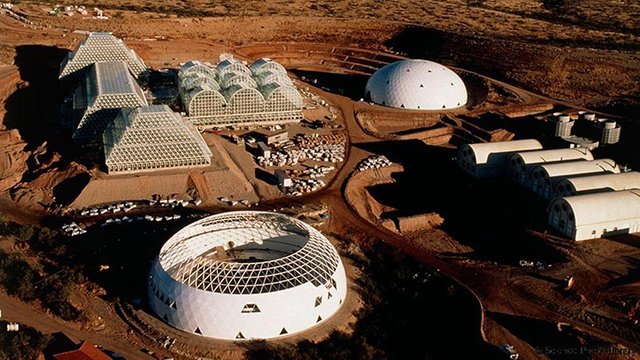
This will be a long term goal of our colonisation missions, but a very important one. The early settlers will be living in the capsules that they will arrive in, in inflatable habitats and pods with controlled conditions. As they will become more and more self sufficient, more people can be brought into Mars to expand the colonies and forming a larger community.
Creating an oxygen-rich atmosphere will be the biggest challenge to this goal. Without an atmosphere, there will be many hazards that the settlers will face like radiation, harsh temperatures, lack of oxygen and what not. For humans to expand slowly all over the planet, it will be vital that the red planet is turned green and an atmosphere is created.
5. Procreation

Now we come to the fun part. The final piece of the puzzle in colonising any place is filling it with people. Once we figure out everything and are sure that colonising Mars is a viable option, one that will last for possibly hundreds of thousands of years, we can begin increasing the population there. But one thing we need to take care of is that the population needs to be large enough to avoid in-breeding over subsequent generation.
Experts have suggested that a starting population of 2000 people will be sufficient to get the ball rolling and in a few centuries, we will have made a second earth ensuring the survival of the human race from extinction.
For more awesome content, follow me @sauravrungta. :)

I'll be humble and offer my support to the step number 5. But in a traditional way ;)
haha! won't we all! :P
Step Six. Avoid angering the Empire.
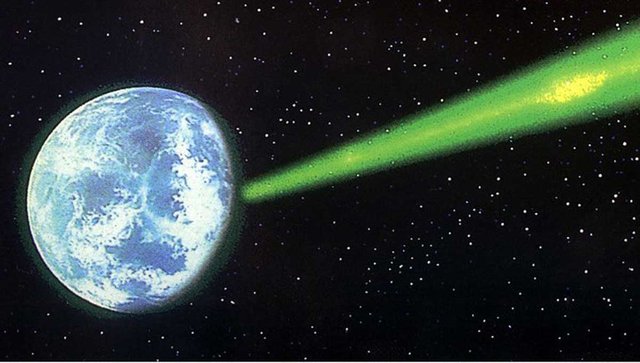
hahahaha! yeah would want to steer clear from their "radar".
i hope the force doesn't detect them though! :P
but @lordvader already know your plan. :-p
As usual a very intersting and informative post Sau, you know already this is my favourite topic :)
I assume you've seen this interview? That interview is gold
Elon Musk is my hero! The guy is so inspirational and he is doing so much for humanity! And his interviews are so great! You know a visionary when you see one!
Cool stuff. I love thinking about colonizing space and other planets. This post is sure to be a hit with the crowd here.
thanks for the kind words :)
One thing i think the first colonizers will also have to do before they go is get a lot of body modifications. The heart will be working twice as hard with extra gravity. I would expect them to invent some sort of device that eases that load. Also the solar radiation. There will have to be some sort of way to adjust human genetics to be less susceptible to radiation.
Other stuff too
yeah....special suits will have to be designed to save them from radiation and other things.
definitely the last part is the most interesting :)
haha i know right! :P
Actually a major event, The Quanternary Extinction, occured something like fifteen thousand years ago almost exclusively in the western hemisphere (gamma ray burster?). It killed all the large critters.
That aside...why mars? why not the moon. Or asteroids? Why not hollow out eleventy seven thousand asteroids, put a spin on them, and colonize the asteroid belt?
well moon doesn't have flowing water like mars, also it's gravity is just too low and it is very small in size to be a 2nd Earth.
The asteroids are too far away and impractical for settlement given their irregular sizes.
Mars does not have flowing water. In fact it does not have any liquid water at all. It's well below freezing everywhere on mars. All of the water on Mars is ICE.....or frost. Mars barely has an atmosphere.
The problem with low gravity is?
Mars is 4,212 mi in diameter...the moon is about half that at 2,159 mi
At just 0.38 of the Earth standard, a person who weighs 100 kg on Earth would weigh only 38 kg on Mars.
Your weight on the Moon is 16.5% what you would experience on Earth. In other words, if you weighed 100 kg on Earth, you would weigh a mere 16.5 kg on the Moon. For you imperial folks, imagine you tipped the scales at 200 pounds. Your weight on the Moon would only be 33 pounds.
I've been trying to lose weight for a long time. I like that.
Some asteroids come closer to the earth than does the moon. It might be in our best interests to do something about that.
it was just very recently discovered that mars has, in some places, liquid flowing water.
http://www.nasa.gov/press-release/nasa-confirms-evidence-that-liquid-water-flows-on-today-s-mars
the problem with low gravity is that there will be significant loss in bone density and muscle atrophy. the rest you can read here:
http://www.philforhumanity.com/Colony_on_the_Moon.html
asteroids are best suited for mining. To be a viable alternative to Earth it needs to at least be half the size of earth because we will quickly want to scale population.
Mars is barely half the size of earth.
http://www.lpi.usra.edu/publications/slidesets/redplanet2/slide_1.html
6 more days till Elon talks about my new home Mars!!!
is there gonna be an interview? i didn't know about it!
https://www.iac2016.org
I don't know who is going to live stream it. But Elon is expected to reveal the ship called the mars colonial transport, it's going to be huge. He just tweeted that the MCT is capable of going farther than mars and needs a new name.
https://mobile.twitter.com/elonmusk/status/776939304140414976?ref_src=twsrc%5Egoogle%7Ctwcamp%5Eserp%7Ctwgr%5Etweet
https://mobile.twitter.com/elonmusk/status/777325549442232320?ref_src=twsrc%5Egoogle%7Ctwcamp%5Eserp%7Ctwgr%5Etweet
Very nice article. I do believe we may want a fail safe - what if the galaxy is obliterated? Should we send someone out of the galaxy eventually?